In 2015, Gabe Sheoships walked the banks of the Umatilla River in northeastern Oregon. Holding a gaff, a long pole ending in a hook for spearing fish, he approached a large pool holding a group of Chinook salmon.
“Never in my life have I seen that many salmon return,” Sheoships says.
But his gaff wasn’t working properly. So he pulled out his pocket knife and dove to the bottom of the pool, stabbing a salmon. The fish would provide a meal, just as it had for the people who lived off the river for thousands of years. He hopes to pass the tradition on to his sons — but he’s going to have to fight for it.
Despite the large run of salmon and steelhead in 2015, the number of fish returning to the Columbia River and its tributaries each season represents a fraction of historical salmon runs. As Oregon’s once plentiful wild salmon populations succumb to habitat loss, hydropower, hatchery fish and climate change, Indigenous tribes struggle to preserve their traditional way of life and relationship to this symbolic fish.
It’s unclear exactly how abundant wild salmon were before the white development of western Oregon in the mid-19th century. According to Jeremy FiveCrows, a public affairs specialist for the Columbia River Inter-Tribal Fish Commission, an estimated 17 million salmon once filled the Columbia River Basin. As of 2014, under two million remain. These massive spring Chinook salmon and winter steelhead runs sustained Indigenous populations in the Columbia Basin, including on the Willamette River. Not only were the salmon large and packed with protein, but the runs were predictable. Born in freshwater, they would journey to the ocean and return to the rivers to spawn, or breed, at certain times each year.
According to the Columbia River Inter-Tribal Fish Commission, these traditional food sources are a staple of Indigenous cultural identity in the Pacific Northwest. The salmon runs are celebrated as a renewal of life each year and allows the transfer of traditional values from generation to generation. The commission says that without salmon returning to the rivers they “would cease to be Indian people.”
“It’s a whole culture that’s based on a place and these sacred foods that are all of a sudden going away, declining or moving into other ranges,” FiveCrows says. “That is a huge problem for a culture that’s based on those foods.”
Sheoships, a Cayuse/Walla Walla tribal citizen, works as a fisheries biologist and Indigenous educator at Portland State University and as the executive director of Friends of Tryon Creek, a non-profit organization focusing on education about the natural world. He teaches about “first foods,” the foods Indigenous people traditionally hunted and harvested in the region: berries, roots, deer, elk and salmon.
“Salmon is essential to both sustenance and lifestyle, fishing, harvesting, gathering and also to survival,” Sheoships says. “Salmon were and are an important piece of culture in the Pacific Northwest.”
Sheoships says there’s still a group of tribal citizens who live year-round on the Columbia River in fishing camps. They depend on salmon and steelhead for their diets, trade and local economies.
According to Jeremy Romer, assistant biologist for the South Willamette Watershed District, salmon are also an essential part of the ecosystem. After their ocean runs, salmon are much larger because the ocean environment provides more nutrients than a river does. The returning salmon spawn and die, and nutrients from their carcasses can be traced in trees and soil 100 yards away from the river.
The fish is critical to cultural and natural well-being in the Pacific Northwest. So what led to its decline?
The middle of the 20th century saw a rapid development of the Columbia and Willamette Rivers, including agriculture and sawmills that disrupted fish habitat. But the construction of dams truly changed the nature of these rivers. The U.S. Army Corps of Engineers built dozens of dams in the Columbia Basin, including 13 in the Willamette Basin. The dams hindered migratory fish in their spawning runs, decreasing survival rates, while reservoirs flooded natural spawning habitat.
According to Jeffrey Ziller, a fisheries biologist for the South Willamette Watershed District, the construction of dams was the most significant factor in declining salmon populations.
“Every assessment that has been done since I’ve been around has fingered the dams as the major limiting factor to salmon in the Willamette system,” Ziller says. “There’s obviously good reasons for that. Until we can fix the downstream passage issues at those dams, it will be extremely difficult to recover spring Chinook salmon in the Willamette Basin.”
According to the historical journal “Pacific Historical Review,” economic prospects motivated these dam projects. The dams provided flood control while improving shipping routes and agriculture. However, these developments weren’t to the benefit of the Indigenous people who lived on the watersheds in question. With no choice in the fate of the salmon, the tribes watched the demise of their cherished fish.
“There was an economic growth that changed society, but tribes were very much left behind in that,” Sheoships says. “Many tribes have treaties, but treaties are kind of worthless if there’s no fish to have access to.”
In response to the completion of the dams, the Yakama, Nez Perce, Warm Springs and Umatilla tribes formed the Columbia River Inter-Tribal Fish Commission to “ensure the restoration of tribal fisheries.” They had recently defended treaties ensuring their right to harvest salmon, but now they needed to defend the salmon themselves.
“During the ‘70s, there was a real possibility there would be whole segments of the salmon population that would go extinct,” says FiveCrows, who grew up on the Nez Perce reservation. “So the tribes said, ‘If there’s no fish, it’s the same as not having a treaty right to fish.’”
Through their restoration plan, Spirit of the Salmon, the Columbia River Inter-Tribal Fish Commission contributed to the halt in salmon decline and numbers rose from near-extinction levels. At the same time, fish hatcheries became the easiest way to return fish to the river. Today, some fisheries in the Columbia Basin are completely reliant on hatcheries.
Following the completion of the dams, an agreement was made between the Oregon Department of Fish and Wildlife and the Army Corps of Engineers to mitigate the harm to fish populations caused by the dams. Today, the Army Corps of Engineers pays the department to operate seven hatcheries in the area, including the Leaburg Hatchery on the McKenzie River.
These hatchery-reared salmon provide recreational fishing for the angling public on the McKenzie but aren’t an active tool in conserving wild populations. Romer says steelhead and salmon reared in a hatchery sometimes carry genetic losses from one generation to the next. For example, a hatchery salmon has no use for a jumping gene, causing it to fade, resulting in fish that can’t jump when they need to.
As the Holiday Farm fire ripped through the McKenzie River Corridor in the fall of 2020, the Eugene Water and Electric Board opened Leaburg Dam in order to prevent logjams, leaving the hatchery with diminished water. On Sept. 8, Romer, Ziller and hatchery manager Erik Whithalm had a decision to make: Release all the fish at once or let them die.
“There was no time to get trucks and pumps to try to load them out,” Whithalm says. “It was either let them die or release them out, and obviously releasing them out was the right thing to do.”
The massive release of fish raises questions about the impact this might have on the wild fish populations in the McKenzie and Willamette rivers. According to Whithalm, about a million total fish were released unexpectedly, a mix of spring Chinook salmon, summer steelhead and rainbow trout. The September release was six months ahead of the normal release time for these fish, and what this means for the ecosystem is still unclear.
“The hatchery system is very much in the US agricultural model, which is, ‘We’ll grow the biggest and best fish and set it loose and hopefully it comes back,’” Sheoships says.
In his educational work, Sheoships has taught Indigenous science, which focuses on science in a holistic and relational sense. He says Western science sometimes only focuses on solving the problem and moving on without considering long-term effects on the environment.
“In more circular Indigenous knowledge, there’s really no end,” Sheoships says. “Everything is a cycle where things come back around to one another. We’re thinking long term about what’s going to happen to our descendants and our future generations and what the salmon will look like for them.”
The Columbia River Inter-Tribal Fish Commissions is using hatcheries as acclimation facilities rather than for recreational purposes. Since only a small percentage of wild salmon eggs reach adulthood, the commission’s hatcheries protect eggs to ensure higher survival. But before the fish reach the smolt stage — the part of the life cycle where the fish “imprint” on the location they will return to after an ocean voyage — they are moved into a safe habitat in the river. FiveCrows says acclimation facilities give the fish a better chance to survive but ultimately keeps the genes wild.
The justification for recreational hatchery programs parallels the motive for the dam project: the economy. Currently, wild salmon numbers are too low in the Willamette Basin to sustain any kind of consistent angling or harvesting, creating the need for hatcheries. According to the Oregon Department of Fish and Wildlife, hatchery fish account for 70 percent of the fish harvested in the state, and for every dollar invested into the hatchery program, $17 is invested into the state’s economy. Whithalm says tourists visit the Mckenzie River specifically for the hatchery, bringing business to local towns and the Mckenzie River sport fishing industry.
“If we want to have a harvest salmon fishery in the Upper Willamette system, we have to provide salmon from the hatchery system,” Ziller says. “That’s where we’re at right now. If we could trade that tomorrow for wild salmon, we’d do it.”
The future of salmon conservation in the Columbia Basin is uncertain. As the planet warms, salmon face yet another existential crisis. Warmer water temperatures are unsuitable for salmon. When snow melts too early in the high mountains, the water level in the rivers drops dangerously low in late summer and fall. In the hatcheries, warmer temperatures and poor habitat can result in new diseases and the invasion of parasites.
This issue isn’t unique to the Pacific Northwest. The World Wildlife Fund released a report on Feb. 23 detailing the decline of the world’s migratory freshwater fish populations by 76 percent since 1970. Today, one-third of freshwater fish are facing extinction. In 2020 alone, 16 different freshwater species were declared “extinct” by the International Union for Conservation of Nature Red List of Threatened Species.
For Sheoships, effective conservation also requires a change in the public consciousness.
“There’s this idea we live in a place with vast resources ready for the taking, and that goes into the world we live in now,” Sheoships says. “I think we’re at an ecological tipping point where we’re seeing the effects of the last 200 years or so.”
Still, Sheoships is optimistic about the future. Jaime Pinkham, a Nez Perce tribe member and executive director of the Columbia River Inter-Tribal Fish Commission, was recently appointed to President Joe Biden’s administration to oversee civil works for the Army Corps of Engineers. Deb Haaland was nominated by President Joe Biden for the position of Secretary of the Interior. If she’s confirmed, she would become the first Indigenous person to hold the position responsible for the management of federal land and natural resources.
The salmon will probably never return to their original numbers. Their future is precarious with their fate in the hands of politics. The fight to save the salmon of the Columbia Basin is one to preserve not only a species, but a culture.
“Indigenous people have always been adapting and are pretty resilient,” Sheoships says. “I think society needs to follow suit and adapt.”
SIDEBAR
Captain James Cook arrived on the Columbia River in 1779 and established the beaver trade in the region, according to the Native Fish Society. Beaver trapping continued into the 19th century, producing the first significant alteration of salmon habitat on the Columbia and Willamette rivers. In the 19th century, the first sawmills were built close to the Willamette, and a spike in irrigation drew water from the river to water crops. Salmon still face these obstacles today as the human population along the Columbia and Willamette rivers continues to grow. But perhaps the most significant change to the water resources in the Columbia River Basin was the construction of dams.
In 1933, the U.S. Army Corps of Engineers completed the first dam on the Columbia River, followed by two more in the 1950s. By 1969, the Willamette Valley Project was finished, which included the construction of 13 dams in the Willamette Valley. Many of these dams stand over 300 feet tall and provide “flood risk management, power generation, water quality improvement, fish and wildlife habitat and recreation,” according to the U.S Army Corps of Engineers Portland website. According to the Army Corps of Engineers, the dam system has prevented $25 billion in flood damages since its inception.
But this project proved detrimental to wild salmon populations. High head dams are man-made barriers to salmon runs and destroy critical spawning habitats. Rocks, wood debris, twists and turns in the river create deep pools or flowing water where the fish can build their nests. Flooding these areas with reservoirs makes them unsuitable for salmon. When juvenile salmon run to the ocean, downstream dams disrupt the journey.
The effort to dam the waterways of the Willamette Valley were motivated by the prospect of economic development. According to William Robbins’ “Pacific Historical Review,”a 1935 preliminary report on the Willamette Valley Project from an Oregon State Planning Board suggested building dams on the Willamette for “the benefit of all its inhabitants.” After the Great Depression, developers were looking for ways to kickstart the economy. Reservoirs would improve irrigation for farming, prevent flooding and make river levels more manageable for shipping.
The developers also had political power. Early momentum for the project benefited from the influence of Oregon senator Charles McNary and governor Charles Martin, while H.R. Kipp, Secretary of the Portland Chamber of Commerce, served on the project’s committee.
In 1937, the Army Engineers held a public hearing in Salem to discuss the project. In attendance were state senators, members of the city council, chairmen of local farming organizations and leaders of local business and commercial organizations. Naturalist William Finley was the only one at the hearing to voice any opposition to the projects. No tribal nations were represented.
Erik Whithalm says the fishponds at Leaburg Hatchery uses water from the lake above the Leaburg Dam, and it flows back into the McKenzie River below the dam. The water temperature drives the feeding program for salmon in the hatchery. “When the water is cold, they don’t feed as much, when it’s warm during the summer, they feed more so we take those factors into consideration and the feed program then gives us what we need to feed them on a daily basis,” Whithalm says.


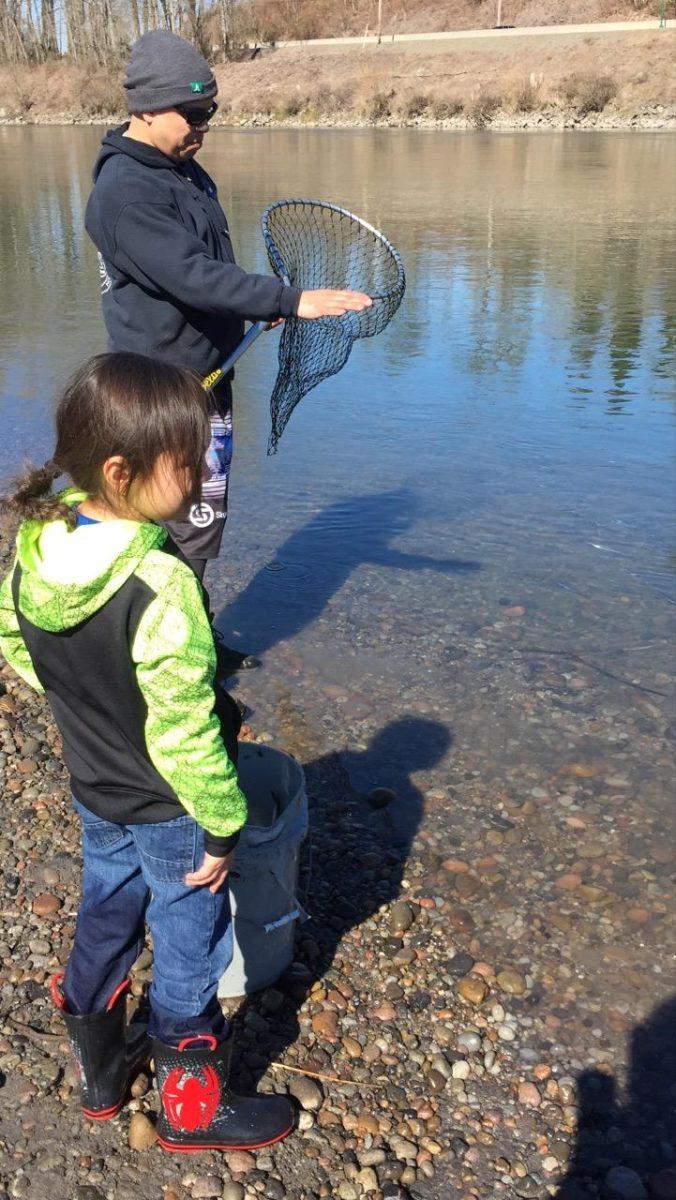
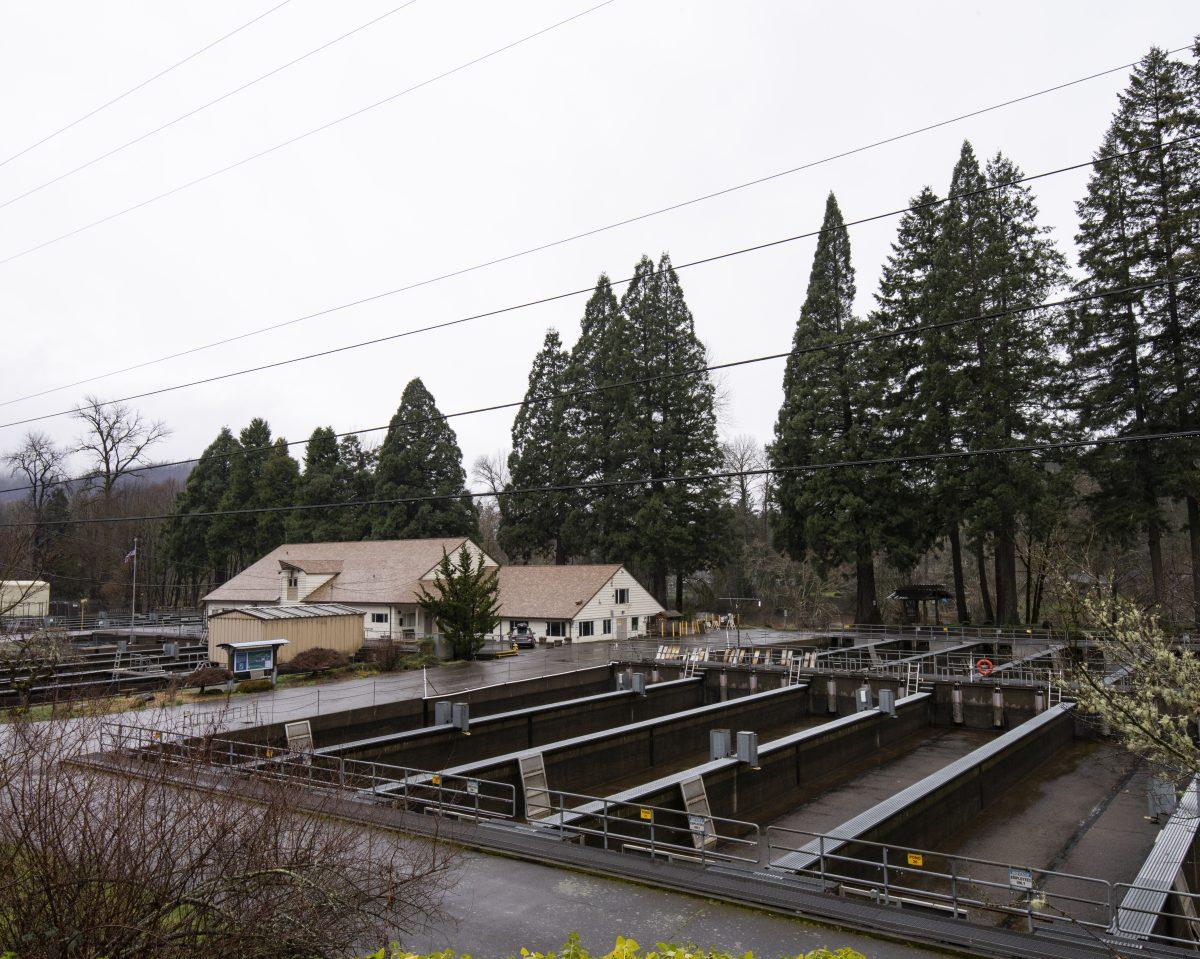

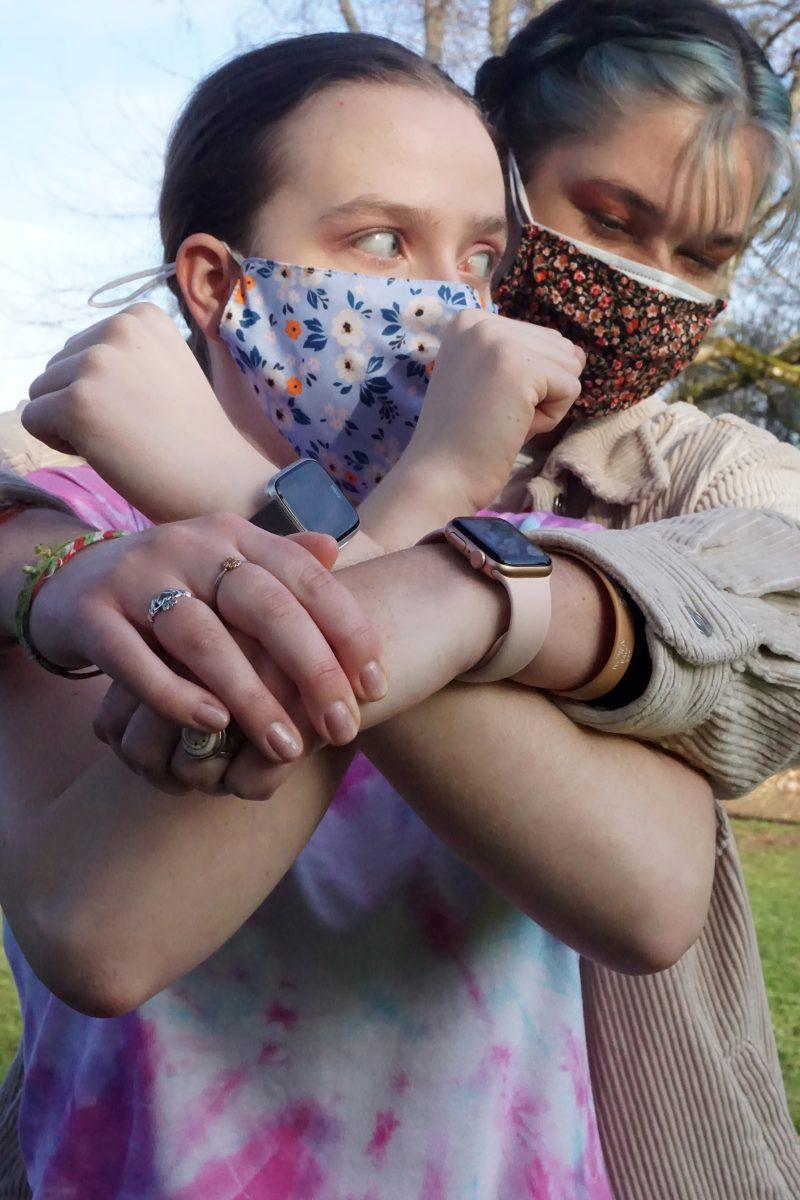
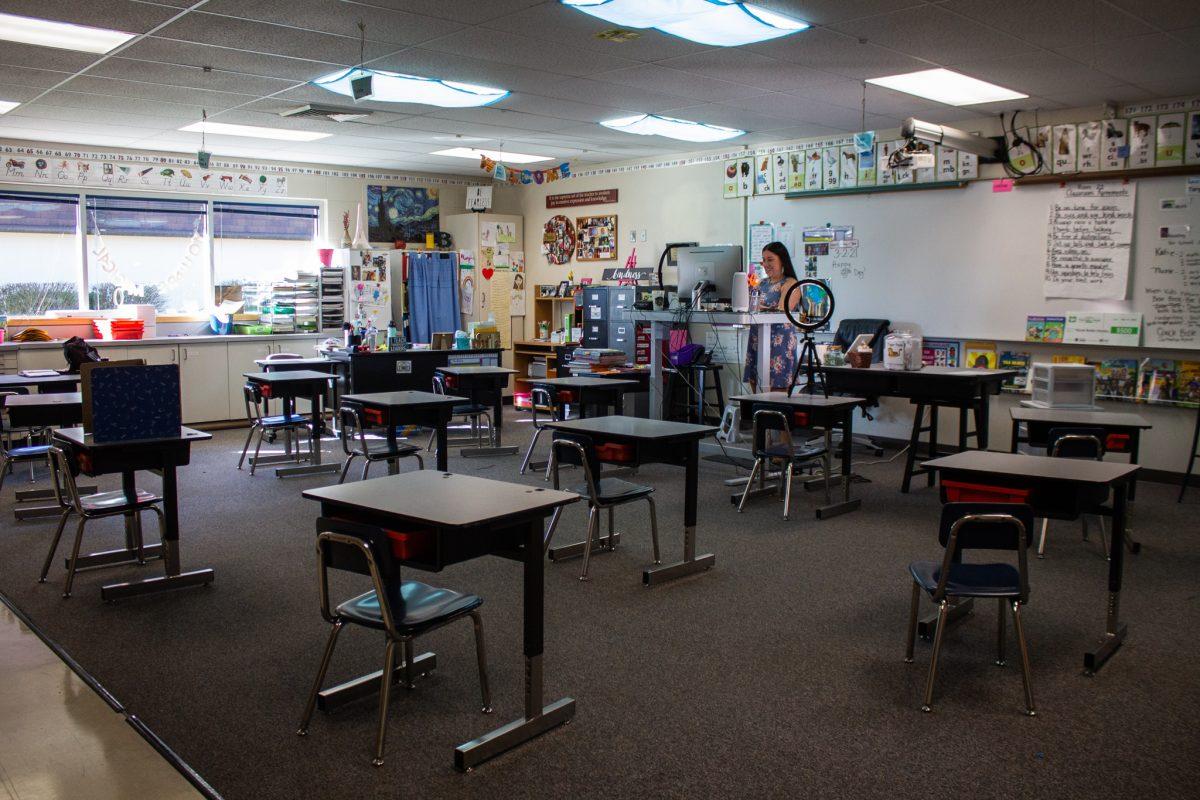
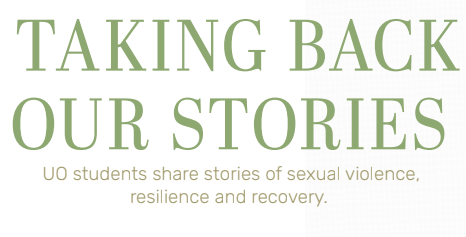


![[Photo Courtesy of the Lara Family]
Ruben embraces his beloved childhood goat, Katrina.](https://ethos.dailyemerald.com/wp-content/uploads/2025/05/katrina-1-1060x1200.jpg)


